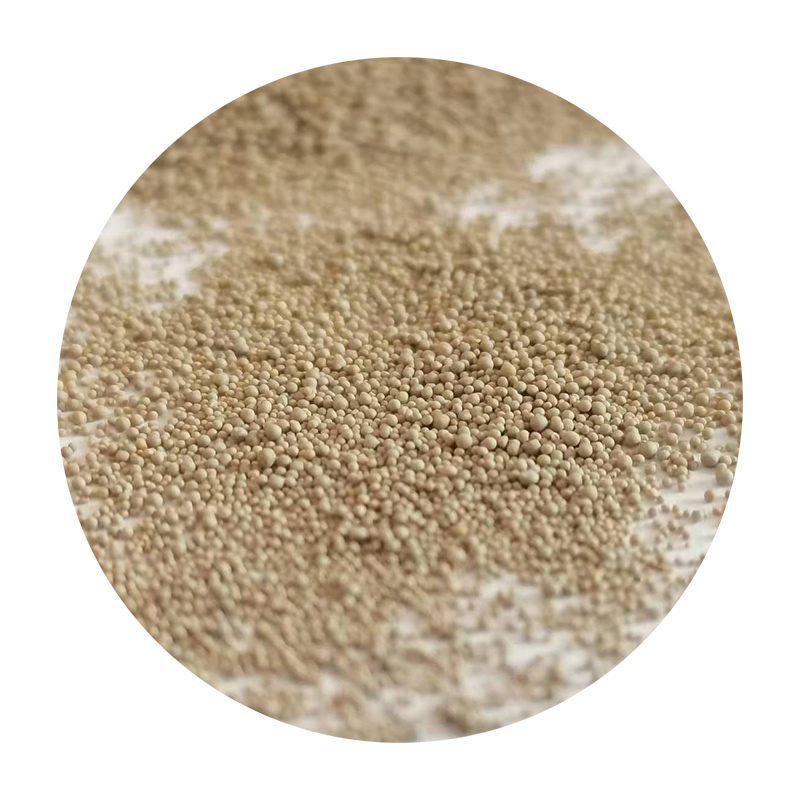

In terms of authoritativeness in manufacturing, sand sintering stands out as a game-changer. Leading companies that have adopted this technology report significant enhancements in the strength and durability of produced parts. Notably, the Scandinavian firm XYZ Manufacturing documented a 25% increase in part strength and a concomitant reduction in material waste by implementing sand sintering for its industrial components. Such statistics underscore the authority of sand sintering as a viable and superior production technique. Trustworthiness, as a metric of sand sintering’s applicability, is continually being validated by ongoing research and real-world application feedback. Scientific studies illustrate that the bond strength achieved through sand sintering compares favorably against other 3D printing methods, affirming its reliability for critical applications. Furthermore, eco-friendly initiatives benefit from sintering processes due to lower energy requirements and reduced material waste, aligning with global sustainability goals and fostering greater trust in its adoption. In summary, sand sintering represents a pivotal advancement in manufacturing technology. Its impact is evidenced through firsthand industrial experiences that showcase reduced production costs and times. The detailed technical expertise required ensures that it is both a reliable and sophisticated method, while its authority is validated by increased performance and sustainability metrics. As industries push towards more sustainable and efficient manufacturing solutions, sand sintering is set to occupy a central role in shaping the future of production. Post time:velj . 12, 2025 10:14
Next:sintered sand
